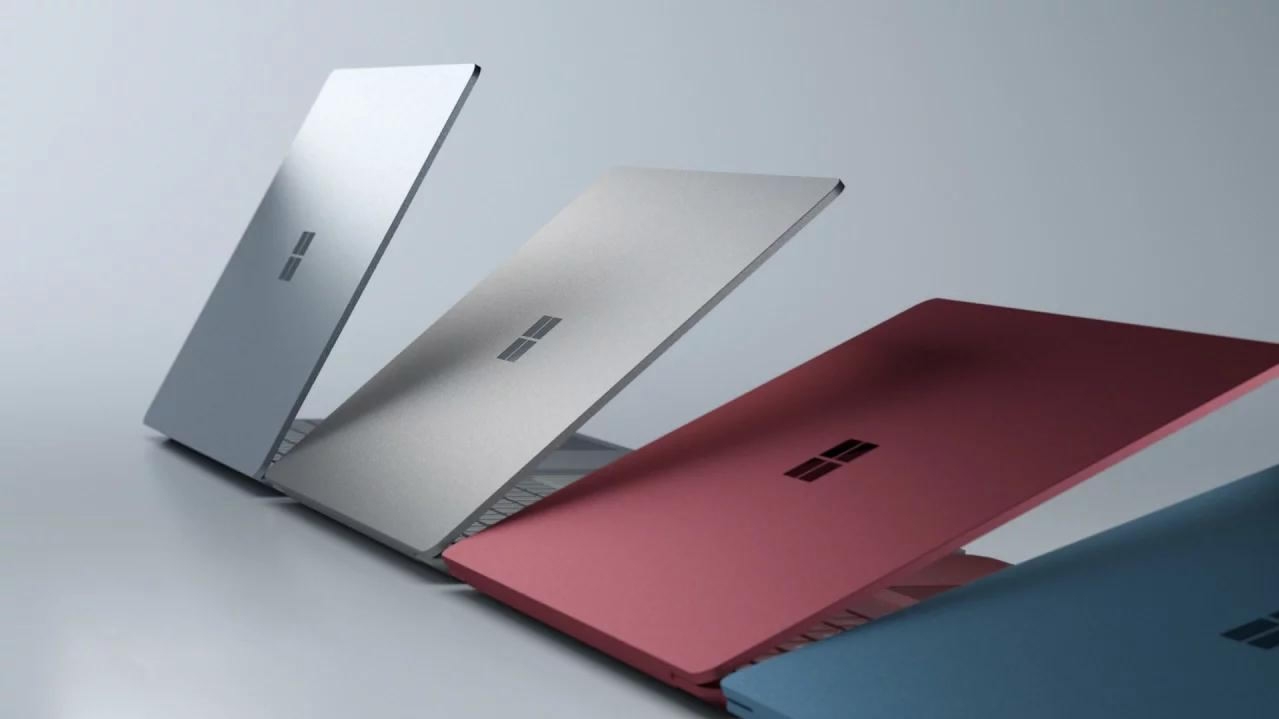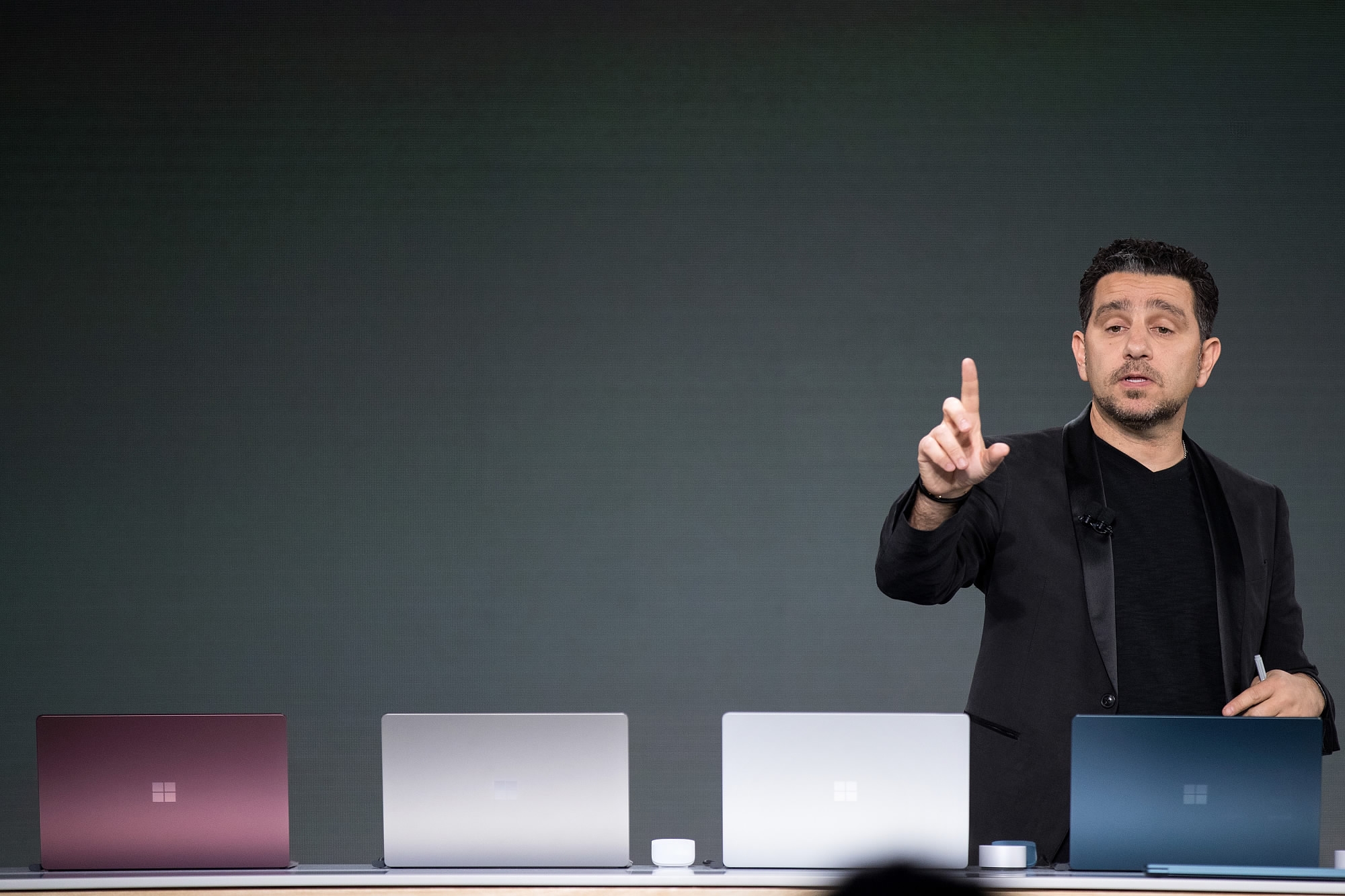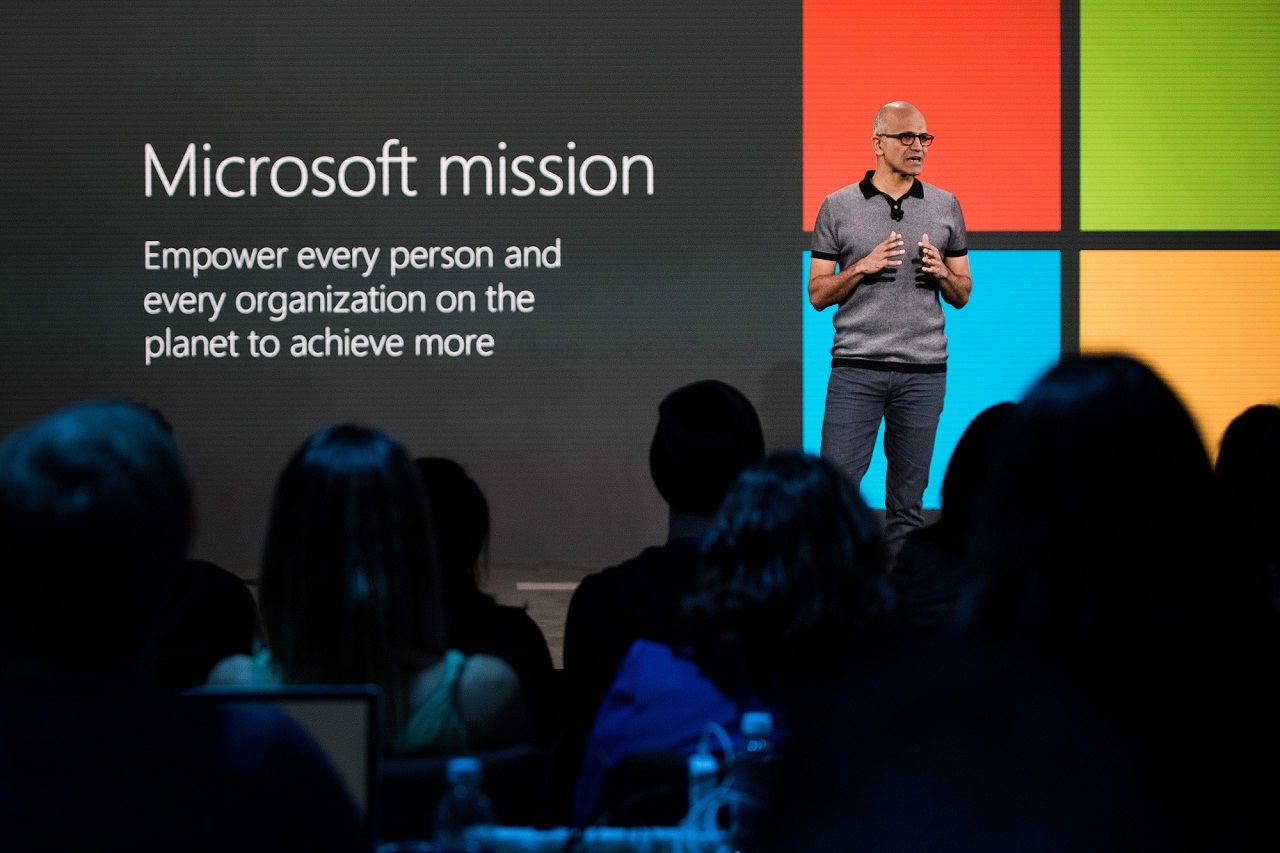Microsoft reveals latest products - but what's new?
2017-05-03 15:35 GMT+8

Editor
Gong Zhe
Microsoft is extending its product line again, both software and hardware.
New versions of the Windows 10 operating system (OS) and Surface computer were unveiled in New York on Wednesday.

Panos Panay, corporate vice president of Microsoft Corp. Surface, unveils the new Surface laptop computer during the #MicrosoftEDU event in New York on May 2, 2017. /VCG Photo
Windows 10 S is the new version of the software giant's latest OS. This version can only download and run apps from the official Windows Store, which means the "setup" you're familiar with won't work here.
The new Surface Laptop is, as its name suggests, a pure laptop device from Microsoft's Surface hardware family. This computer doesn't do tricks like converting and detaching, and has no discrete video card available.
Another philosophy?
The announcements are, to be honest, pretty disappointing.
Windows 10 S is basically a weakened version of Windows 10 Pro, while the Surface Laptop is basically a not-so-good version of Microsoft's Surface Book.
But before you close this article, let me tell you what benefits you'll get with these two products, which are not the "full-feature", "powerful" things you'll hear repetitively from Microsoft.
Windows 10 S has most of the enterprise features available, like Bitlocker, which encrypts your important information. Even Windows 10 Home doesn't support this.
Even the "store-only" limit can be seen as a feature. Microsoft checks every app available on its store, to make sure they're fast, safe, and battery-friendly. To a lot of people, this will be worth the sacrifice of being limited to the store.
For the Surface Laptop, there are two points you should consider.
First, the color options are so much better than other Surfaces. Just look at them.

Panos Panay, vice president of Microsoft Surface Computing, speaks about the new Microsoft Surface Laptop during a Microsoft launch event, May 2, 2017 in New York City. /VCG Photo
Second, the 999 US dollar price tag is a bit high for the average user, but for businesses, it's a good deal.
Target: schools
Macs have widely taken over schools at Microsoft's expense in recent years. With these announcements, Microsoft is trying to win back its student users, expecting them to continue using Windows after graduating.
The two new products are the standard bearers of this mission.

Satya Nadella, chief executive officer of Microsoft Corp., speaks during the #MicrosoftEDU event in New York, on May 2, 2017. /VCG Photo
The closed ecosystem, relatively high price, and enterprise integrity. These are all three factors that school authorities want to see.
And remember, Microsoft announced these two products at an EDU Event.
But, will schools listen to the company? It's hard to tell.
Apple's solution has been there for years. It's a mature staple of many schools. Microsoft's system seems to have been there for an even longer time, but in fact no - the Store ecosystem is still a relatively new kid on the block.
Actually, the world's most-used personal computer OS has not yet succeeded at creating a store-based experience. The iPad is more widely known as a store-based computer than Windows devices, which lack that brand identity that Apple has been so successful with.
Will Surface be the brand to change that?
Copyright © 2017
